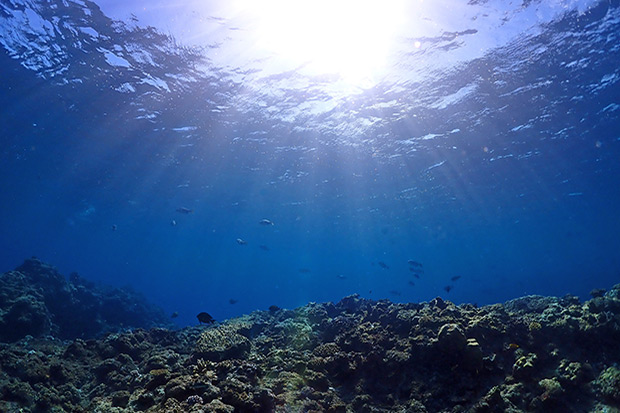
New treaty established to protect marine biodiversity, conservation of the high seas
For the first time, United Nations (UN) members have agreed on a unified treaty to protect biodiversity in the high seas. The agreement was reached March 4 after two weeks of talks.
An updated framework to protect marine life in the regions outside national boundary waters, known as the high seas, had been in discussions for more than 20 years. This internationally legally binding agreement is referred to as the Biodiversity in Areas Beyond National Jurisdiction (BBNJ) treaty.
The United Nations Convention on the Law of the Sea (UNCLOS) was adopted in 1982. The UNCLOS established a legal framework for the regulation of ocean space. It contains provisions relating to the territorial sea, the contiguous zone, the continental shelf, the Exclusive Economic Zone (EEZ), and the high seas.
The treaty will create a new body to manage conservation of ocean life and establish marine protected areas (MPAs) in the high seas. This is critical to achieve the U.N. Biodiversity Conference’s recent pledge to protect 30% of the planet’s waters for conservation.
“It is very significant being the first time nations have agreed on the principles of how to protect the oceans,” said Dr. Chris Walster, administrator at the World Aquatic Veterinary Medicine Association (WAVMA). WAVMA sees the treaty as a first step and hopes all signatories will implement it.
According to the World Economic Forum, the high seas provide vital environmental, economic, and food benefits to billions of people. These areas of the ocean house vulnerable ecosystems and species currently lacking international protection, explains a March 2022 article by the Nature Conservancy.
Many marine animals and fish cross national borders when migrating, including endangered and rare species. A 2022 Seafood Business for Ocean Stewardship brief titled “Endangered Species and Loss of Marine Biodiversity” outlines that more than one third of all marine mammals are endangered.
“Safeguarding the health and welfare of aquatic animals within MPAs will be critical to achieve conservation, sustainability, and biodiversity goals, and thus, the generation of environmental services and ecosystem integrity envisaged from establishing MPAs,” Dr. Walster said.
This agreement is an important step that strengthens the legal protection of two-thirds of the ocean along with marine biodiversity and the coastal communities.
Further, developing countries will be supported in their participation through marine technology funded from a variety of public and private sources, Dr. Walster said.
This treaty focuses on four areas:
- Conservation and sustainable use of marine biological diversity, including marine genetic resources (MGR)
- Area-based management tools, including the establishment of large-scale marine protected areas
- Environmental impact assessments on high-seas biodiversity
- Capacity building and the transfer of marine technology
The goal of the treaty is to protect, conserve and restore marine life and sustainably use shared ocean resources, while strengthening the existing governance framework.
Given the treaty is connected to previous agreements, Dr. Walster hopes it will be implemented quickly. He explained that in the U.S, the treaty will require ratification, which may delay implementation.
